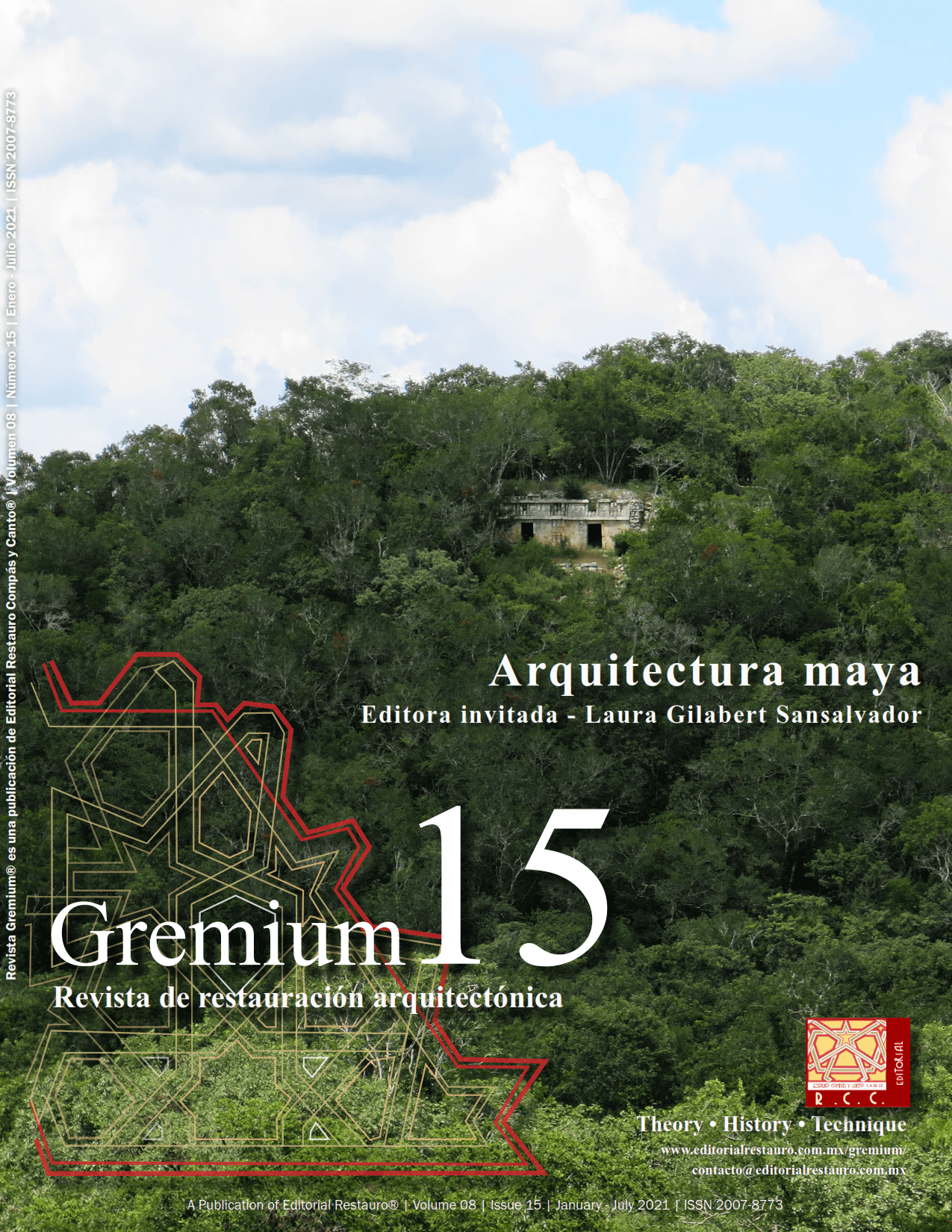Maya architectural heritage conservation in urban contexts. A proposal for a network of archaeological parks in Merida, Yucatan
DOI:
https://doi.org/10.56039/rgn15a05Keywords:
maya architecture, heritage management, network of archeologicals parksAbstract
The permanence of Mayan architecture in the urban contexts of the towns of Yucatán is subject to the urbanizing
and modernizing processes of Latin America. A weakness of this architecture is its state of preservation most of it is
abandoned, in “ruins”, or buried under the current cities. However, archaeologists have recorded and intervened
innumerable cases for decades, more and more frequently because of the pressures of urban development,
although this has not been enough to achieve their valuation and social use. Currently technological advances
for registration and documentation offer the possibility of applying in regulations the protection and integration
of these architectural vestiges as axes for the sustainability and resilience of current towns and cities. In the
case of the municipality of Mérida, there is an extensive registry of this architecture, from pyramidal buildings to
remains of Mayan dwellings that date from the first millennium BC to the conquest. The interesting thing about
these contexts is found in the superposition that is observed in these places, offering a diachronic reading of
regional history, which can be the basis for a harmonious urban landscape with the social fabric and the natural
context of the territory. The objective is to contribute to the problem raised through the proposal of an alternative
model of public management of the built heritage with the network of archaeological parks of Mérida that has
its base in the elaborated research and that we will present in this article.
Downloads
Downloads
Published
Issue
Section
License

This work is licensed under a Creative Commons Attribution-NonCommercial-ShareAlike 4.0 International License.























